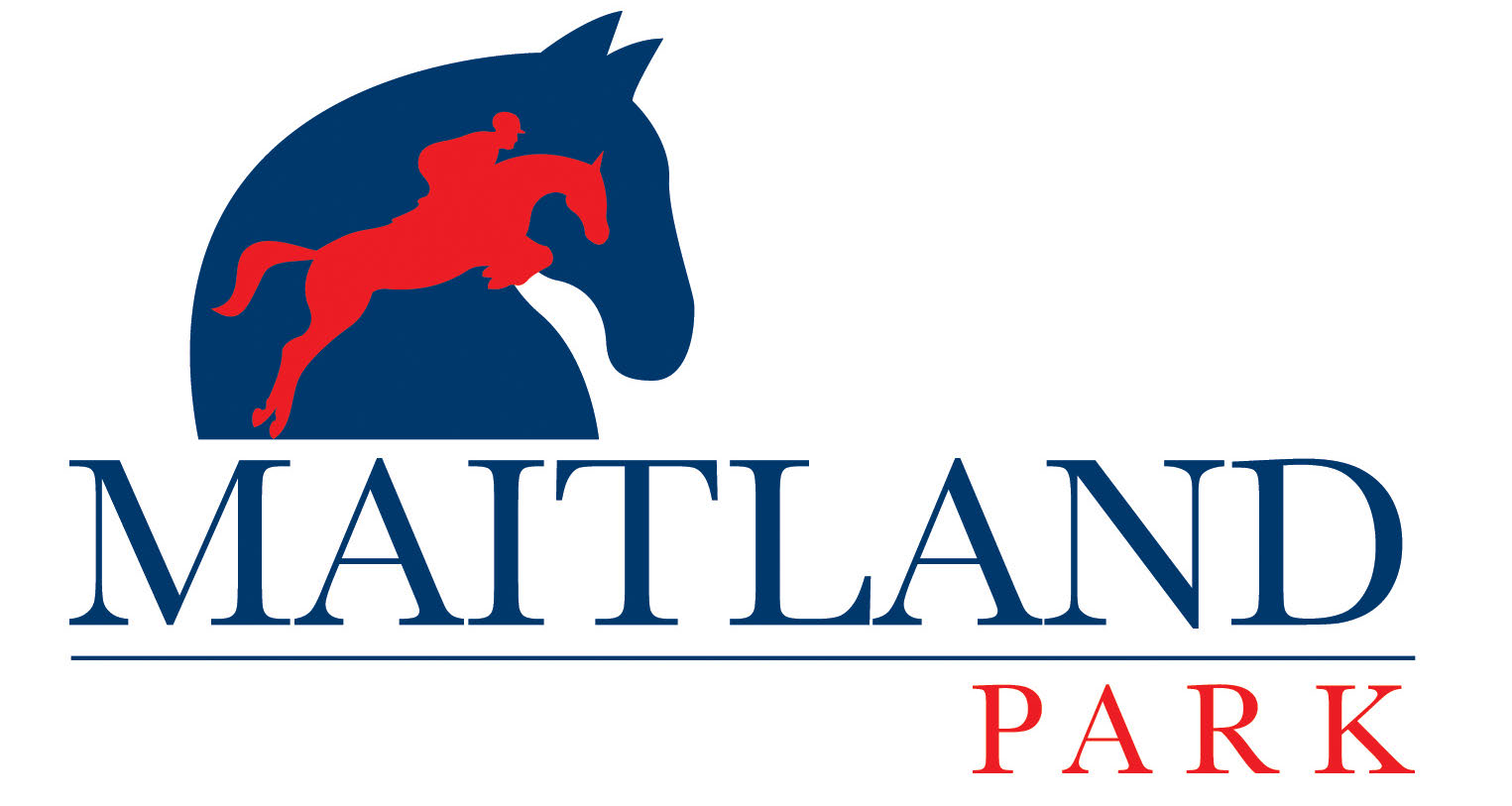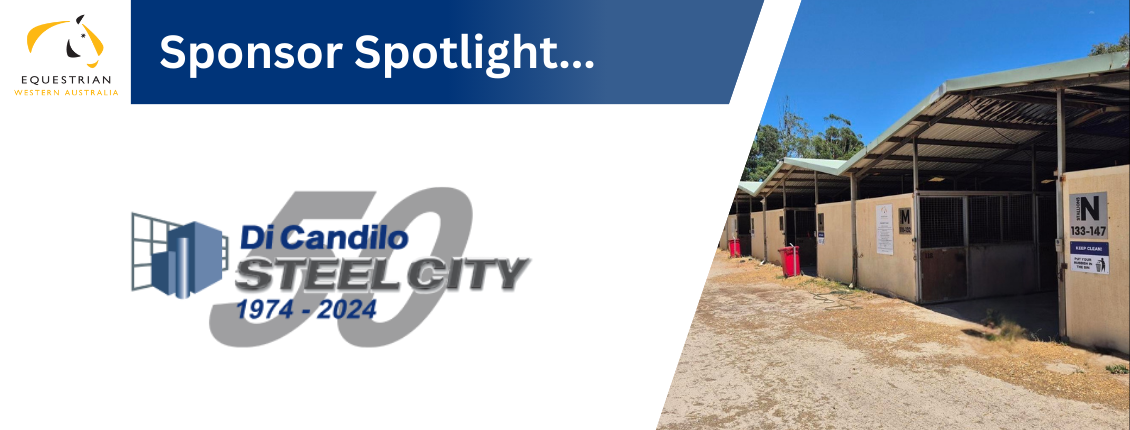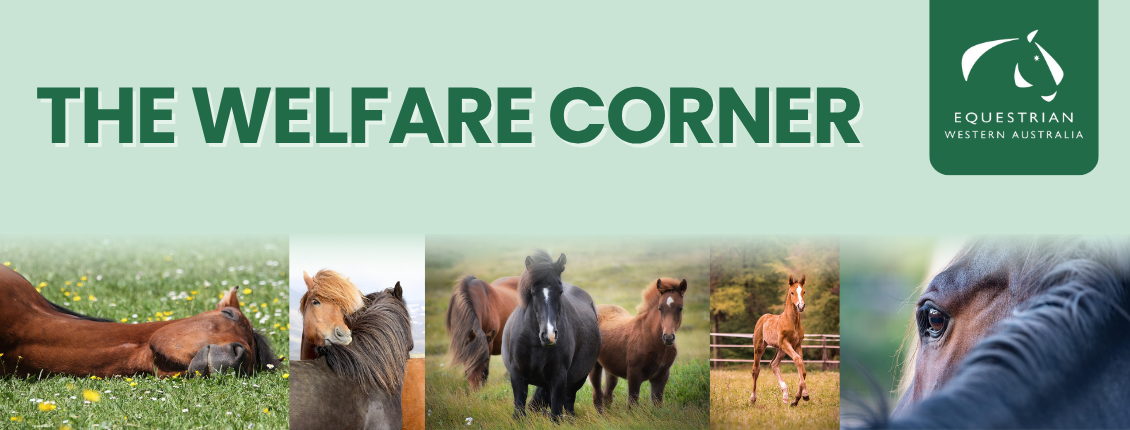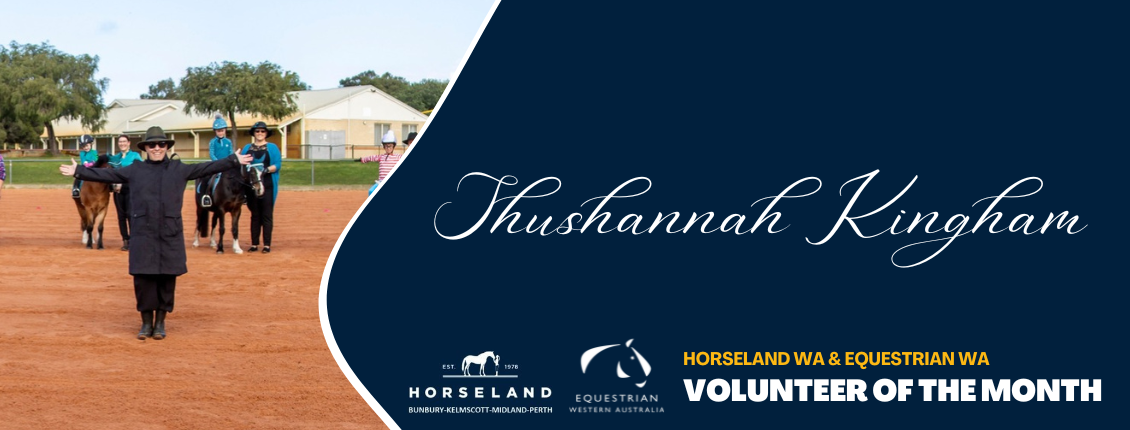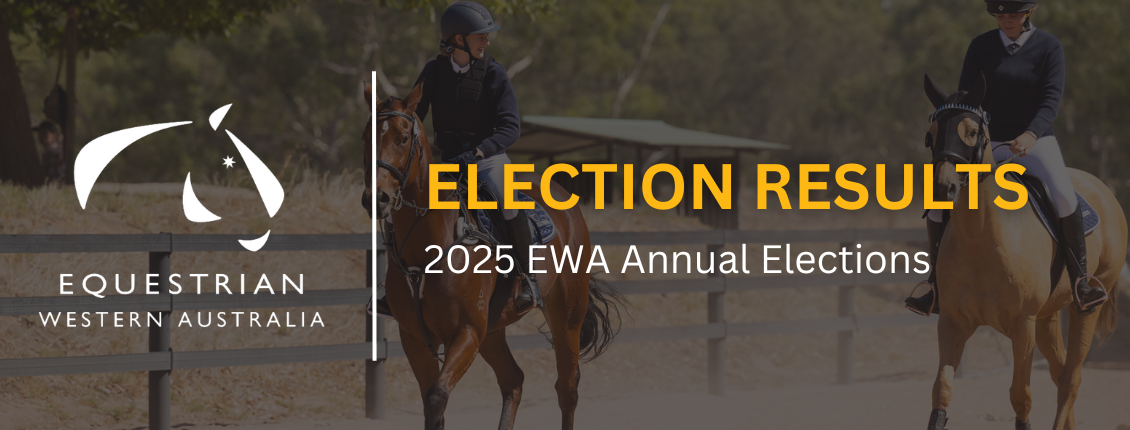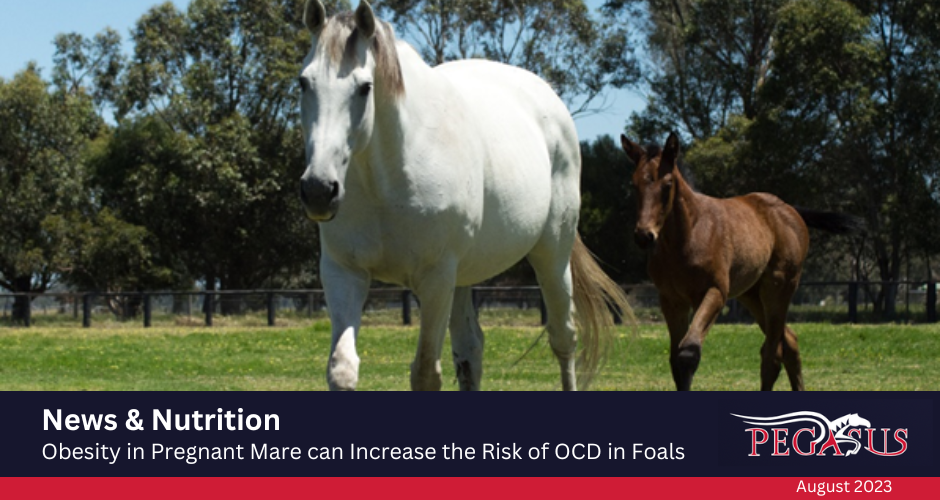
Pegasus News & Nutrition
Obesity in Pregnant Mares can Increase the Risk of OCD in Foals
With the spring pasture flush upon us, and many mares foaling down, it is important to consider the excellent winter and growing season we have had, and the impact that can have on nutrition for the mare and foal. Importantly, the mare’s body condition can affect the foal, with obesity in mares increasing the risk of insulin resistance and osteochondrosis lesions in offspring. To understand how to best meet the nutritional requirements of the mare, we need to understand the different stages of pregnancy, and tailor the feeding plan accordingly.
Gestation of the mare is divided into trimesters: 1st trimester, where the mare is often lactating and supporting her current foal, 2nd trimester, and 3rd trimester. The feeding program can also be split into three stages, one of which includes lactation:
- 1st trimester (dry mares fit into this category)
- 2nd & 3rd trimester mares
- lactation, from foaling to weaning
(Lactation is further split into early lactation and late lactation, as the mare’s protein and energy requirements are at their highest during early lactation and taper off as the foal matures and begins to consume solid feed.)
Nutritional requirements of the mare, foetus and foal are very different over these three stages and adjustments need to be made accordingly. The most common mistake is overfeeding during 3rd trimester and underfeeding during lactation. Understanding how the foetus grows can help define the changing nutritional parameters. Rapid foetal growth occurs in the final 4-5 months of gestation. During this time requirements for protein, calcium and phosphorus are high, as foetal tissue develops. Trace vitamins and minerals are also essential (iron, zinc, copper manganese) as the foetus stores these in the liver in preparation for parturition. The mare’s lactate is high in protein, calcium and energy, but lacks trace minerals, hence the foetal mechanism for storing these prior to birth.
Whilst these micro-nutrients are essential during 2nd-3rd trimester, the mare’s energy requirement is not as high as that of a lactating mare, and therefore body condition should be monitored carefully. It is important to have the mare in good condition – neither too fat nor too skinny. Often, when supplying protein and vitamin/minerals required during 3rd trimester mares are also supplied with extra energy which, along with plentiful pasture, can lead to obesity. Gestational obesity in broodmares has been found, in recent research, to increase insulin dysregulation, and increase the incidence of osteochondrosis lesions in foals and yearlings.
This study (Robles et al., 2018) found that obese mares were more insulin resistant than normal mares. However, the additional mare bodyweight did not contribute to an increase in postnatal foal growth, indicating that over-feeding a pregnant mare is not necessarily going to produce a better growing foal. Post-birth monitoring showed that foals from obese mares were consistently more insulin resistant for their first 6 months of life. Furthermore, the study found that foals from obese mares were significantly more affected by osteochondrosis by 12 months of age than foals from mares in normal body condition.
When pasture is of high quality and abundance, particularly in the season we have had this year, it is important to check the feeding quantity of concentrates in the mare’s diet. If the mare is becoming overweight, and her feed intake cannot be reduced without compromising micro-nutrient supply, look at switching her to a feed more concentrated with vitamins and minerals, but with less energy.
It is important to note that, once the mare begins lactating post-partum, her energy requirements increase significantly. This is due to the energy required to produce milk, which is source of protein, energy, calcium and phosphorus for the foal. Feed rates need to be increased accordingly (often nearly double that of late gestation) to meet this need. During the first three months of lactation, mares produce milk at a rate of about three percent of their body weight per day to sustain their foal during this period of rapid growth.
In summary, tailor the feeding program to suit the stages of pregnancy – avoid overfeeding during gestation, and under-feeding during lactation. Always consider outside influences such as seasonal pasture growth, monitor body condition scores, and adjust the feeding program accordingly.
References:
Robles, M., Nouveau, E., Gautier, C., Mendoza, L., Dubois, C., Dahirel, M., Lagofun, B., Aubrière, M.C., Lejeune, J.P., Caudron, I., Guenon, I., Viguié, C., Wimel, L., Bouraima-Lelong, H., Serteyn, D., Couturier-Tarrade, A., Chavatte-Palmer, P. (2018). Maternal obesity increases insulin resistance, low-grade inflammation and osteochondrosis lesions in foals and yearlings until 18 months of age. PLoS One. 26;13(1). doi: 10.1371/journal.pone.0190309. PMID: 29373573; PMCID: PMC5786290.
Feeding to prevent developmental orthopedic disease. https://ker.com/equinews/feeding-prevent-developmental-orthopedic-diseas...
Article by Pegasus Feeds, 27.09.2022
For further Pegasus News and Nutrition articles, click here.


